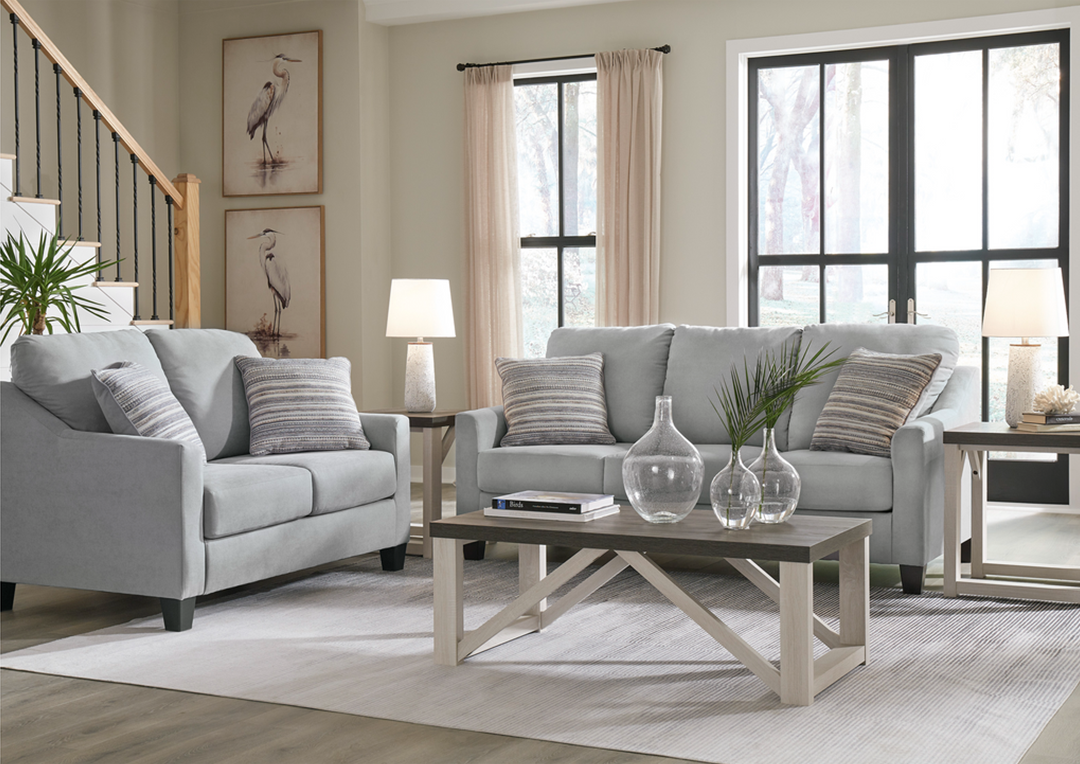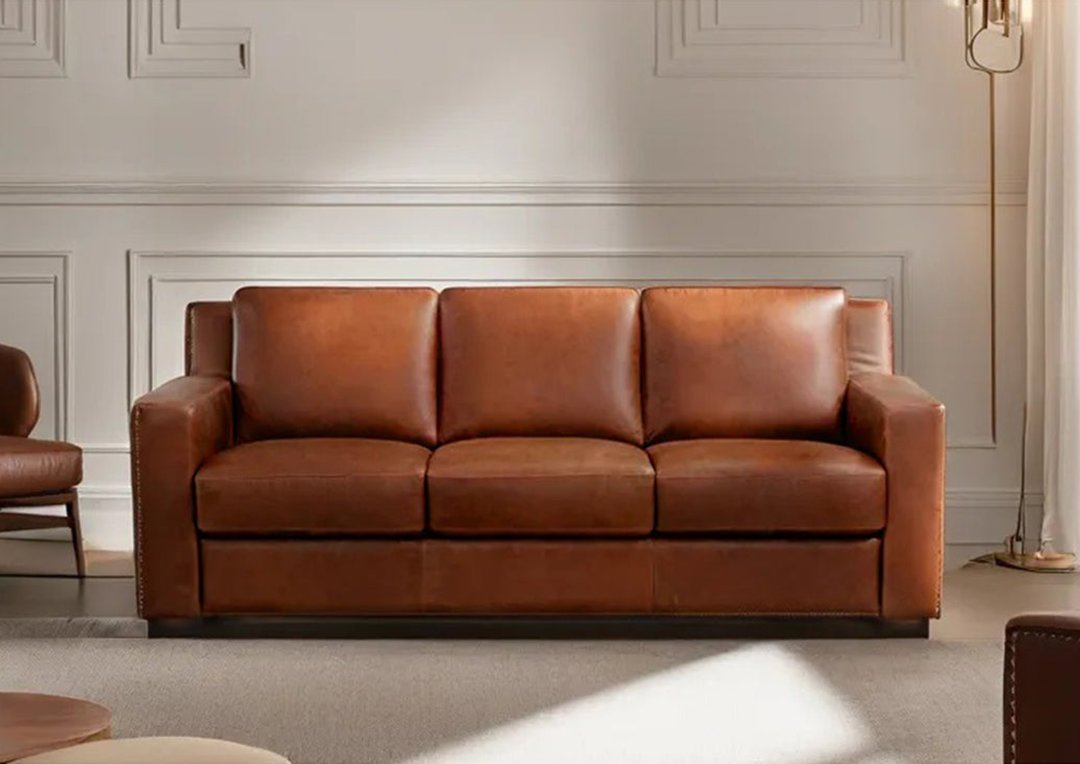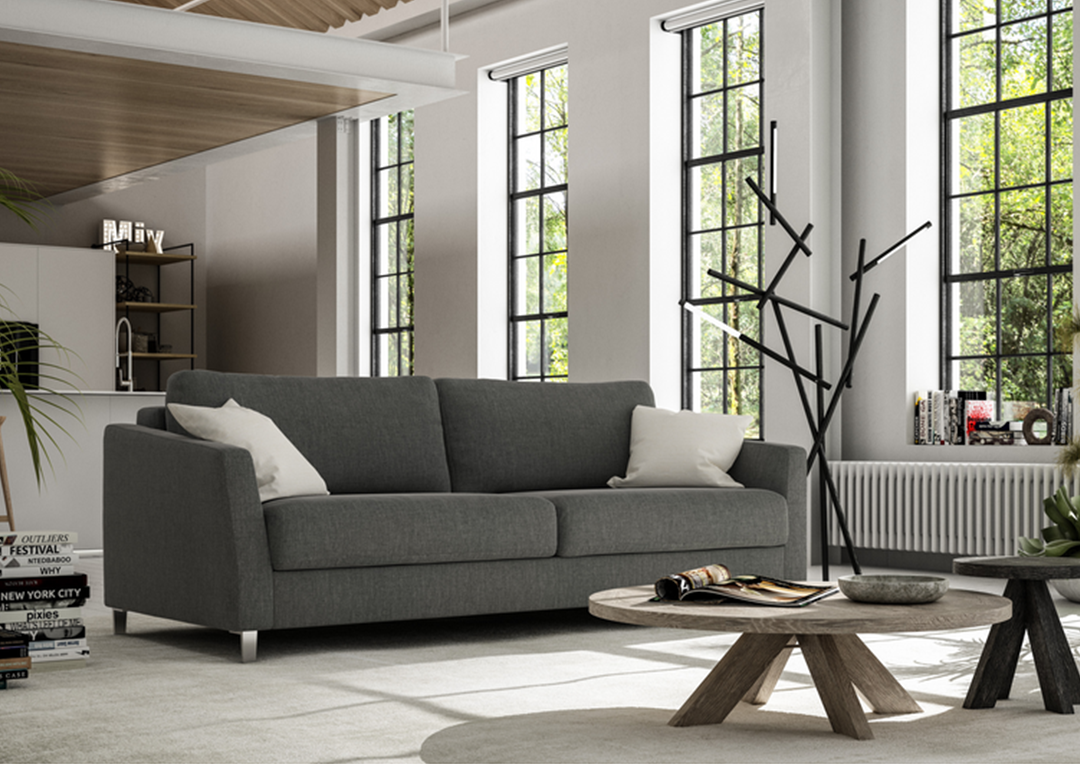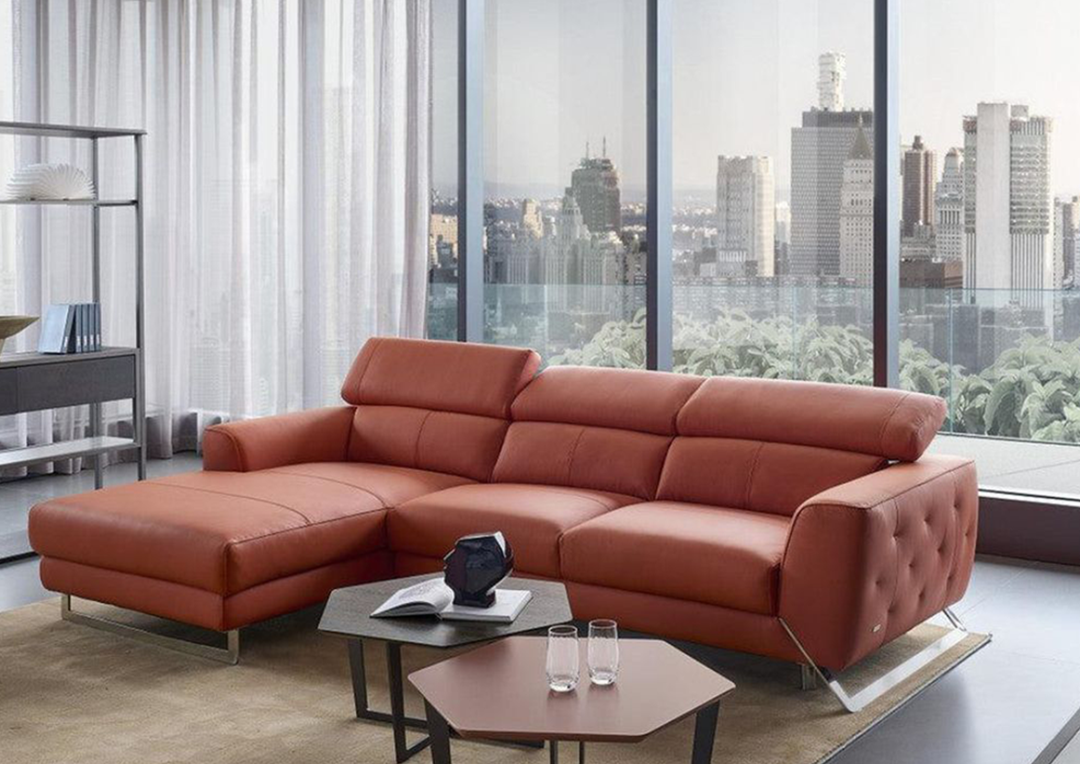HR Foam Vs. PU Foam – Which One Is Better?

TABLE OF CONTENT
- Difference Between HR Foam Vs. PU Foam
- What Is HR Foam?
- Benefits Of HR Foam
- Cons of HR foam
- What Is PU Foam?
- Benefits Of PU Foam
- Cons of PU Foam
- Which Is Better, HR Foam Or PU Foam?
So, you are on the hunt for a sleeper sofa mattress. You browse online or go directly to the shop, and you are presented with different types of sofa mattresses based on foam. Though you have already shortlisted HR foam and PU foam in your mind, now you are left with a big confusion - PU foam Vs. HR foam - which is the best?
Remember, in general, when choosing the right foam material for various applications, high-resilience (HR) foam and polyurethane (PU) foam are two popular options.
In the choice battle on HR foam versus PU foam, we have high-resilience (HR) foam in one corner, sturdy and steadfast, boasting longevity and support. And in the opposite corner, we have polyurethane (PU) foam, versatile and comfortable, ready to cushion and cradle.
Both types offer unique characteristics and benefits, making the decision a matter of understanding your specific requirements. However, in this comparison, we will explore the qualities and considerations of HR foam and PU foam to help you determine which one may be better suited for your needs.
Difference Between HR Foam Vs. PU Foam
What Is HR Foam?

When it comes to foam types for a sofa, we often think memory foam is the best one as it is responsive and adjusts itself to body contour.
But in reality, one foam type is far more responsive than memory foam. Yes, as you have guessed, it is HR foam.
High resilience foam is a type of Polyurethane foam that has high density. Hence, the response time of the HR foam is less once the compression forces are withdrawn from above.
With high resilience, the foam has high bouncing capacity than normal memory or PU foam. This is why mattresses or sofas with HR foam don't sag.
Benefits Of HR Foam
Relieves pressure: HR foams have a good bounce factor. So, it helps in relieving the pressure from the trigger points in your body if you suffer from body pains and treat lower back pain.
Get Out Of Bed Without Disturbing Your Partner
The HR foam mattress has an advanced cellular structure, which absorbs your body motion quickly. So, you can get in and out of bed without causing any disturbance to the other person.
HR Foam Is Durable And Long-Lasting
This foam is more resilient and durable compared to lower-density foams. Because the higher density helps the foam retain its shape and structure over extended periods of use.
Highly Compatible
HR foam is compatible with several comforts and core materials such as springs, memory foam, etc. By combining HR foam with memory foam or springs, mattress manufacturers can create hybrid designs that leverage the benefits of different materials.
Cons of HR foam
Cost: High-resilience foam tends to be more expensive compared to standard foam or other cushioning materials. But it's still worth the investment.
Chemical odor: Sometimes, new high-resilience foam products emit a strong chemical odor, commonly called off-gassing. But this is only noticeable initially, and with time it vanishes.
What Is PU Foam?

If you take any basic foam mattress and there is a high chance it is made of polyurethane.
It has less thickness than other foam materials and has almost little resilience. And as you expect, the bounce factor is also low. But do you know why this type is preferred by many? It's because of its softness.
This is the cheapest and mediocre quality foam used not only in mattresses but also in mattress toppers.
Did you know that the top layer of many spring mattresses is made of PU foam?
This is done because of its low cost.
Benefits Of PU Foam
High Abrasion Resistance
You can count on PU foam because of its abrasion-resistant substance. This is why it's widely used for support and sandwiching between layers of hybrid mattresses.
Temperature Regulation
This foam type helps in temperature regulation when it is in the right density and cell size. However, depending on the cell size, PU foam is less effective at air control, and it easily retains moisture and body heat.
The High Degree Of Softness
Its soft nature makes it best for getting a good night's sleep without having to worry about getting sore back in the morning.
Allergy-Friendly
PU foam is naturally hypoallergenic and resistant to dust mites, mold, and mildew. This makes it a suitable choice for individuals with allergies or sensitivities.
Cons of PU Foam
Susceptible to compression:
PU foam can easily experience compression or indentation under pressure. So this is why the foam has lower hardness or density than other foam types. The foam can lose its original shape and resilience with time and repeated use or heavy loads.
Lack of bouncing factor
PU foam lacks the inherent bouncing or springiness found in materials like natural latex or high-resilience foams. This means that when pressure is applied and released, PU foam returns to its original shape more slowly.
Which Is Better, HR Foam Or PU Foam?

To determine which is better for you, you must consider factors such as the intended use, desired level of support, comfort preferences, budget, and any specific requirements you may have.
- Polyurethane (PU) foam and High-resilience (HR) foam have their advantages and disadvantages.
- High-resilience foam, or HR foam, is known for its superior durability, support, and longevity.
It has a higher density and is more resistant to compression, making it ideal for applications that require long-lasting support, such as mattresses or high-traffic seating. It is also more responsive and springy compared to PU foam.
On the other hand, polyurethane foam is a versatile material widely used in various applications, including furniture cushions, automotive seating, and insulation.
It offers a good balance between comfort and support and offers different firmness options.
In terms of cost, PU foam is more affordable than HR foam and can provide adequate cushioning for many everyday uses.
Choose HR foam for its firmness level if you are suffering from back pain and want to relieve the pain. If you love bedding materials' plushness and coziness, choose PU foam. It's also affordable. But in terms of durability, HR foam wins hands down.









